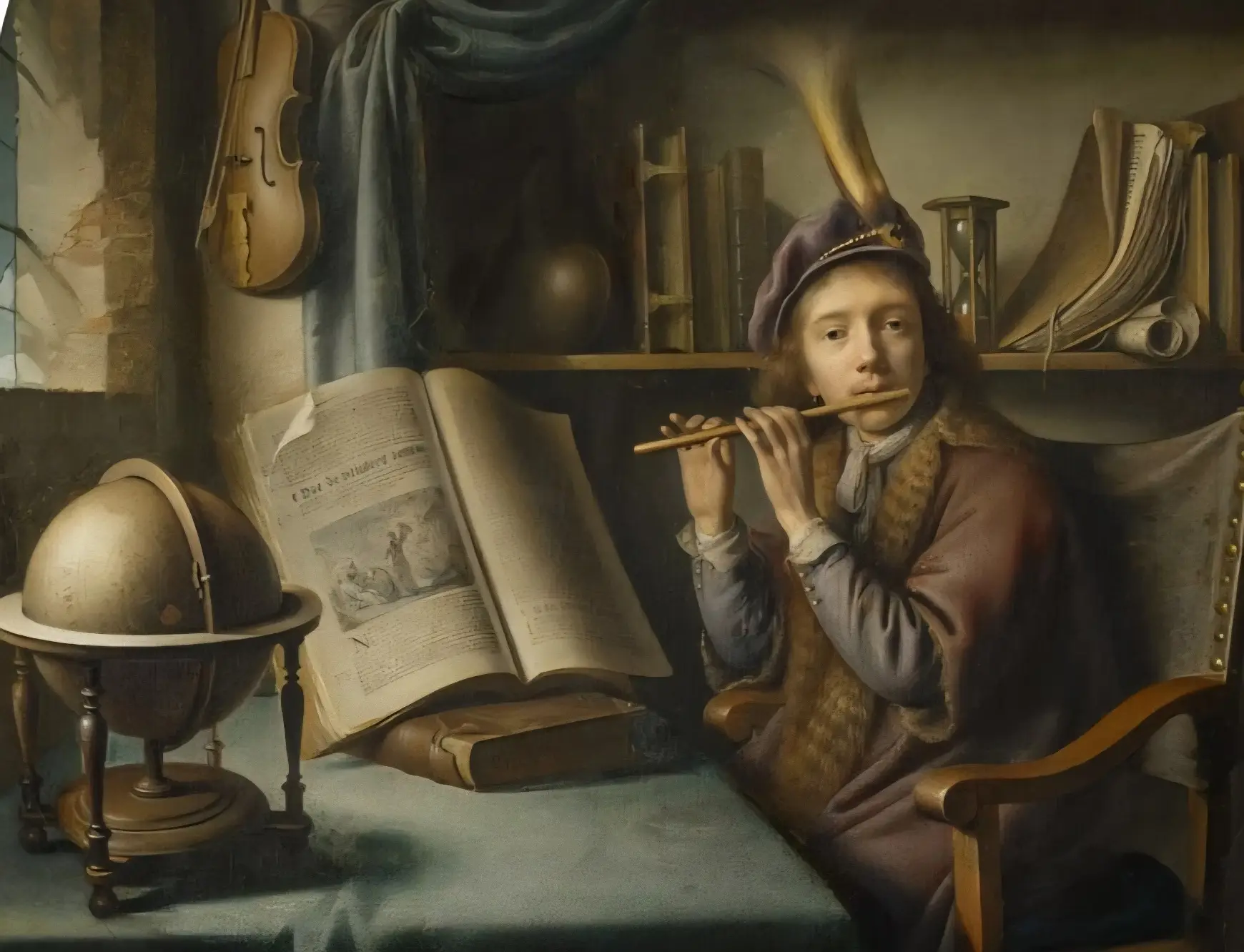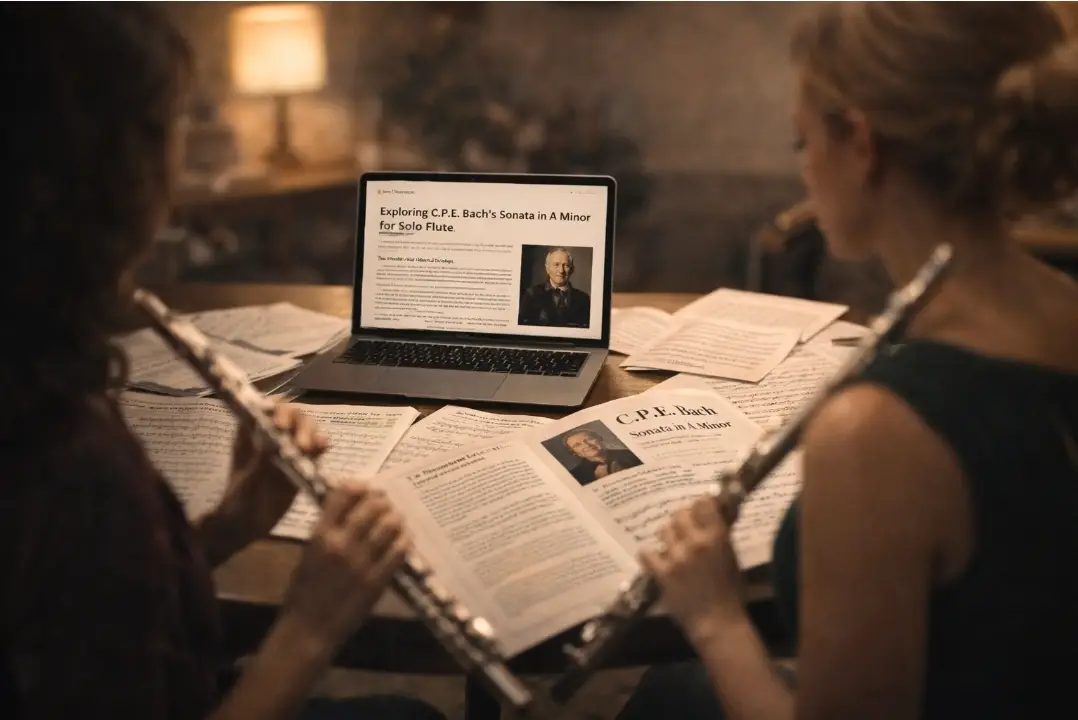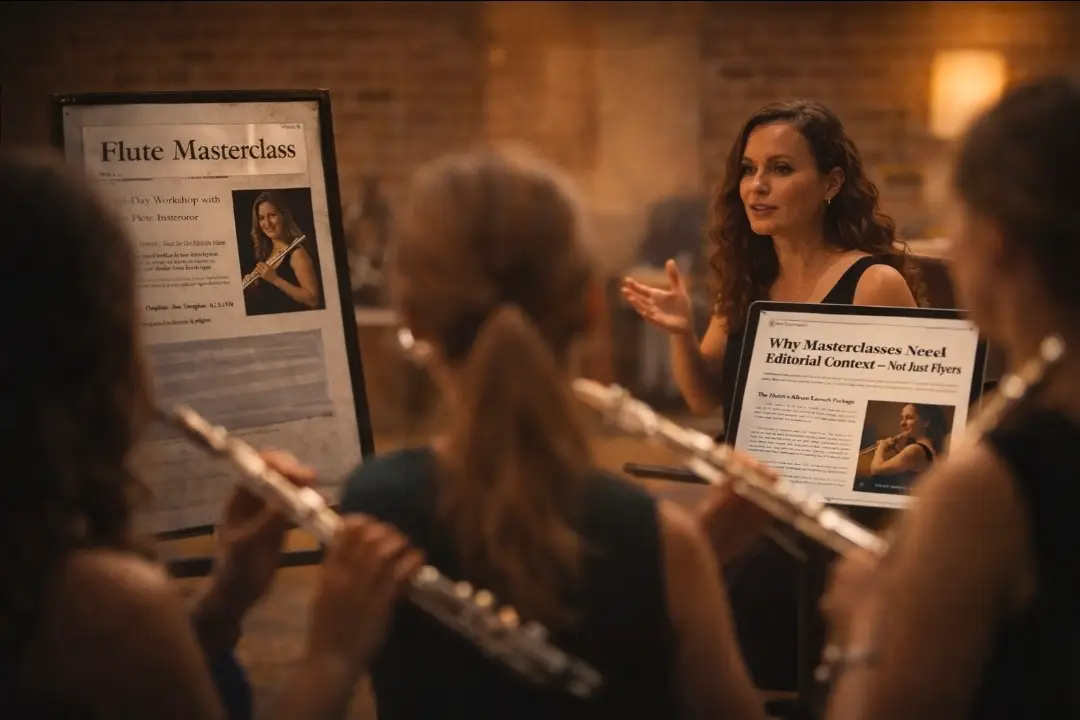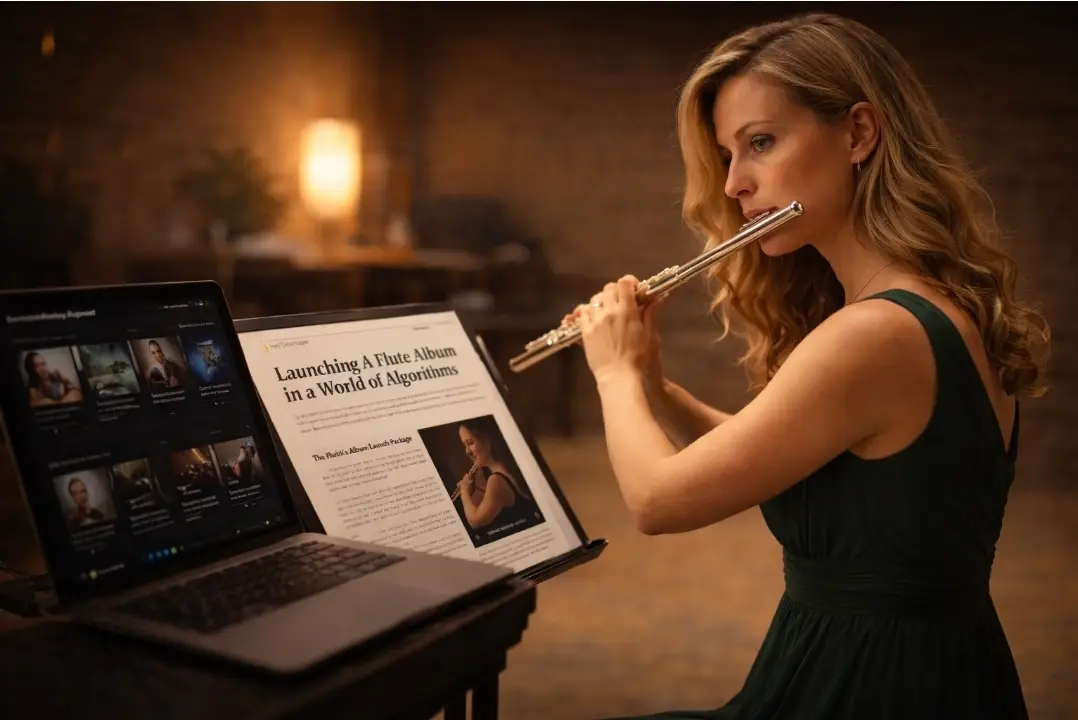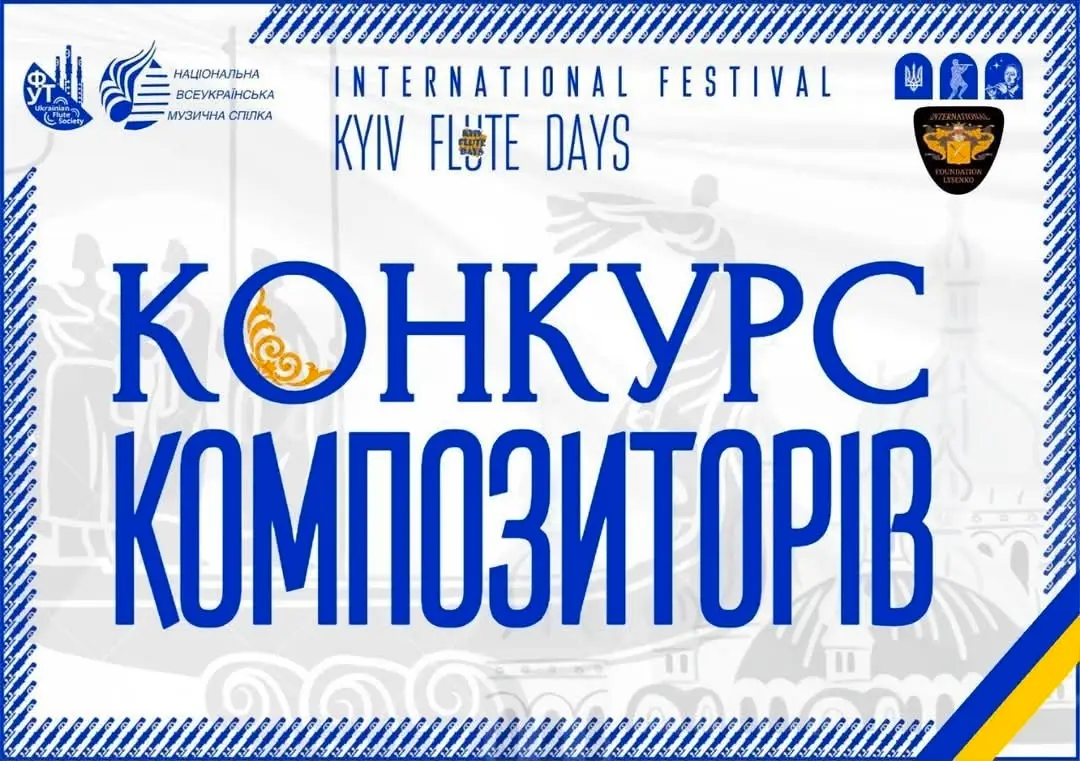Pyotr Ilyich Tchaikovsky’s opera Eugene Onegin, based on the novel-in-verse by Alexander Pushkin, is one of the cornerstones of Russian opera. Among its many memorable scenes, Lensky’s aria “Kuda, kuda vy udalilis” (Where, oh where have you gone) from Act II stands out as one of the most heart-wrenching moments in operatic history. This aria reveals the depth of Lensky’s character and encapsulates the themes of love, fate, and loss that are central to the opera.
Lensky’s Role in the Story
Vladimir Lensky, a young poet, is Onegin’s friend and the fiancé of Olga, Tatiana’s sister. He is characterized by his youthful idealism, passion, and sensitivity – a stark contrast to the cynical and disillusioned Onegin. The pivotal moment that leads to Lensky’s aria occurs after a fateful series of events. At a ball, Onegin, perhaps out of boredom or resentment, flirts with Olga to provoke Lensky. Feeling betrayed and humiliated, Lensky challenges Onegin to a duel, despite their friendship.
The aria occurs the morning of the duel, as Lensky awaits the inevitable confrontation that he knows may result in his death. In this moment of introspection, Lensky reflects on his life, his lost hopes, and his love for Olga. The aria is not only a lament but a farewell to life and love, filled with melancholy and a sense of tragic inevitability.
Musical Structure and Emotional Depth
Lensky’s aria is composed in the form of an elegy. The slow, mournful melody, accompanied by a delicate orchestration, mirrors the calm yet sorrowful mood of a man resigned to his fate. The aria begins with a soft, rising phrase as Lensky sings, “Kuda, kuda vy udalilis” (Where, oh where have you gone, golden days of my spring?), lamenting the loss of his youthful dreams and ideals.
Tchaikovsky’s use of tonality enhances the emotional depth of the aria. It starts in E minor, a key often associated with sadness and tragedy, but it moves through different harmonic shifts, reflecting Lensky’s inner turmoil. The vocal line, with its lyrical and sweeping phrases, allows the tenor to express deep vulnerability. There is a delicate interplay between the orchestra and the voice, with the orchestra underscoring the text’s emotion without overpowering it.
As Lensky sings of his love for Olga and his acceptance of his potential death, the music reaches a climax, filled with passion and intensity. The aria gradually descends into a quieter, more introspective mood, as Lensky resigns himself to his fate, concluding with the haunting phrase, “Zhelannyi den’, nastal” (The longed-for day has come).
Lensky’s Aria and Performance: Paolo Taballione’s Flute Interpretation
In recent years, Lensky’s aria has found new interpretations through various instrumental transcriptions, and one of the most breathtaking performances is by Italian flutist Paolo Taballione. In this stunning adaptation, Taballione brings new life to Tchaikovsky’s iconic aria, offering a fresh and deeply moving perspective on this emotional masterpiece. His performance, available on YouTube, showcases the unparalleled versatility of the flute in capturing the vocal quality and expressiveness of the original tenor line.
Taballione, principal flutist of the Bavarian State Opera Orchestra, is celebrated globally for his impeccable technique and profound emotional interpretation. His rendition of Lensky’s aria is nothing short of awe-inspiring, as he breathes new depth into every phrase. The flute’s natural ability to express both delicate and powerful emotions is on full display here, with Taballione’s flawless control highlighting every nuance of Tchaikovsky’s melody.
The performance transcends the boundaries of the original operatic setting, with Taballione’s flute soaring through the aria’s poignant highs and introspective lows. His technical brilliance is matched by his musical sensitivity, making his interpretation not only a technical achievement but a profound emotional experience for the listener. His phrasing and tonal variations bring out the aria’s lament, capturing the raw emotion of Lensky’s tragic farewell with a breathtaking intensity that leaves an indelible mark on the audience.
By translating the aria into the language of the flute, Taballione adds another layer of delicacy and emotion, making it a unique and unforgettable experience for listeners. His performance offers a testament to the timelessness of Tchaikovsky’s music, proving that, even outside of its operatic context, Lensky’s aria can move audiences to their core.
A Portrait of Romanticism
Lensky’s aria is a perfect embodiment of Romanticism, both musically and dramatically. It is deeply personal, focusing on the inner thoughts and emotions of the character. The themes of lost love, fate, and the inevitability of death are central to Romantic art, and in this aria, they are explored with sensitivity and emotional depth.
The character of Lensky, with his poetic nature and tragic fate, is emblematic of the Romantic hero – a figure who is both a dreamer and a victim of circumstances beyond his control. His idealistic view of love and honor leads him to the duel, but in the aria, we see a man who has come to terms with the futility of his ideals and the transient nature of life.
Final Thoughts
Lensky’s aria from Eugene Onegin is more than just a beautiful piece of music; it is a deeply moving exploration of the human condition.
Through Tchaikovsky’s masterful composition and Paolo Taballione’s virtuosic flute interpretation, audiences experience Lensky’s profound sadness, his acceptance of fate, and his farewell to love and life. Taballione’s breathtaking performance offers a new and profound understanding of this iconic aria, proving once again that great music transcends time, instruments, and context.
This aria continues to resonate with listeners worldwide, not only for its lyrical beauty but for the timeless themes of love, loss, and the fleeting nature of life that it so eloquently expresses.

